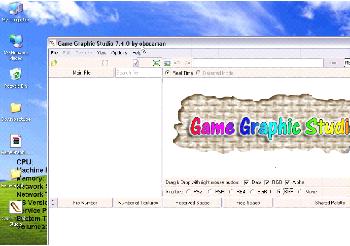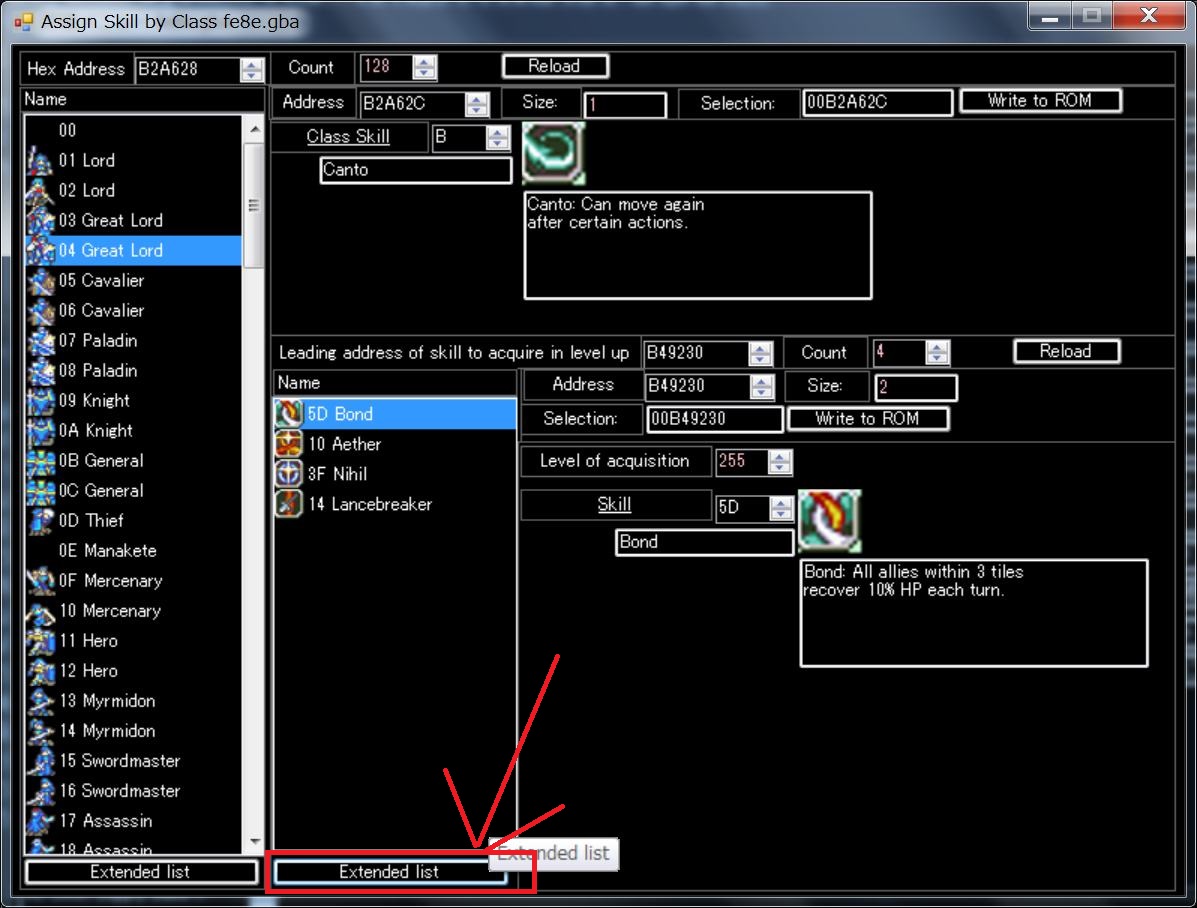

Before running the benchmark, BenchmarkDotNet does not know anything about it. The default settings were configured to work well with every scenario. A good example of benchmarks that are going to benefit from this change are computer game benchmarks and ML.NET benchmarks. With 0.11.0 it's 27 seconds which gives us almost 14 X improvement. Time to run with the previous version: 374 seconds. Public void Sleep1s() => Thread.Sleep(TimeSpan.FromSeconds(1))

Static void Main() => BenchmarkRunner.Run() BenchmarkDotNet uses Job.IterationTime setting (the default is 0.5s) in the Pilot Experiment stage to determine how many times given benchmark should be executed per iteration.
Nups patcher system.outofmemoryexception manual#
Now BenchmarkDotNet is going to discover such scenario and don't perform manual loop unrolling for the very time-consuming benchmarks. So far this feature was always enabled by default and users would need to configure UnrollFactor=1 to disable it. It was of course not desired for the very time-consuming benchmarks. In practice, it meant that for every iteration we were executing the benchmark at least 16 times (the default UnrollFactor value). One of the techniques that we use is manual loop unrolling. Don't execute long operations more than once per iterationīenchmarkDotNet was designed to allow for very accurate and stable micro-benchmarking.

Now it's something around 13 seconds which means 276 X improvement for this particular scenario. Previously the time to generate and build 650 benchmarks from our Samples project was one hour. Moreover, if one of the parallel builds fail it's going to be repeated in a sequential way. If you target multiple runtimes the build is going to be executed in parallel. NET Core 2.1 we are going to generate and build single executable, not ten thousand. So if you want to run ten thousands of benchmarks for. So far we were generating and building one executable per benchmark, now we generate and build one executable per runtime settings. To ensure that the side effects of one benchmark run does not affect another benchmark run BenchmarkDotNet generates, builds and runs every benchmark in a dedicated process. Generate one executable per runtime settings
Nups patcher system.outofmemoryexception code#
The code itself was already optimized so we needed architectural and design changes to meet this requirement. Documentation versioning: now it's possible to look at the documentation for recent BenchmarkDotNet versionsīenchmarkDotNet needs to be capable of running few thousands of CoreFX and CoreCLR benchmarks in an acceptable amount of time.It means that all samples can always be compiled We generate it automatically based on the BenchmarkDotNet.Samples project Detailed changelogs which includes all commits, merged pull requests and resolved issues.We have many improvements in our documentation! NET code easy and available to everyone for free! New documentation We build BenchmarkDotNet together to make benchmarking. The release would not be possible without many contributions from amazing community members. More scenarios for passing arguments to benchmarks,Īnd many-many other improvements and bug fixes!Ī big part of the features and bug fixes were implemented to meet the enterprise requirements of Microsoft to make it possible to port CoreCLR, CoreFX, and CoreFXLab to BenchmarkDotNet. This is one of the biggest releases of BenchmarkDotNet ever.


 0 kommentar(er)
0 kommentar(er)
